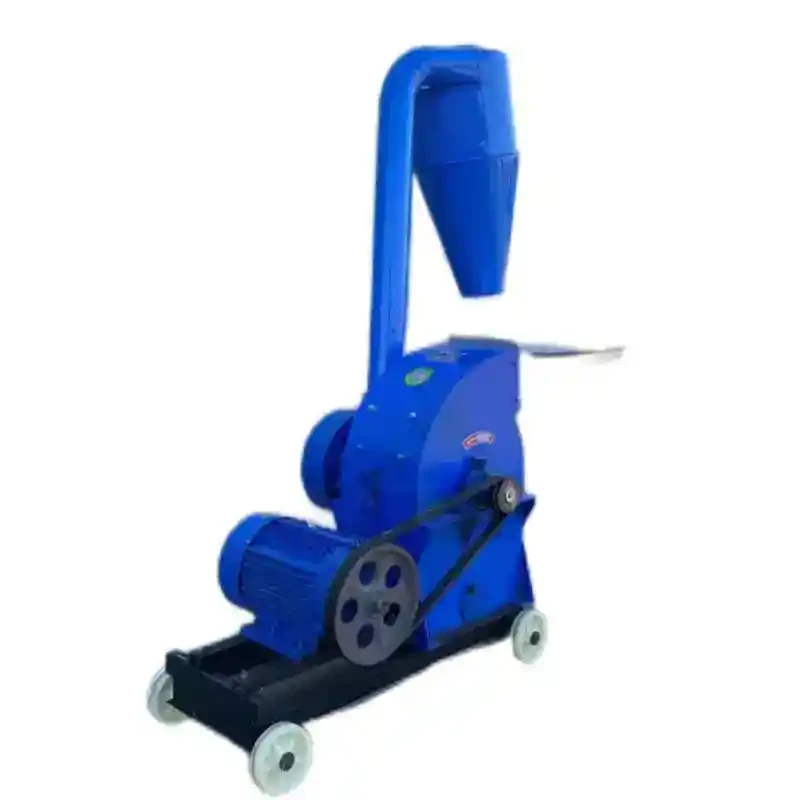greenhouse evaporative cooling pads
Nov . 05, 2024 14:31 Back to list
greenhouse evaporative cooling pads
Understanding Greenhouse Evaporative Cooling Pads
As the demand for agricultural production increases with the growing global population, so does the need for efficient climate control in greenhouses. Among the various cooling techniques employed, evaporative cooling has proven to be one of the most effective. Specifically, greenhouse evaporative cooling pads play a crucial role in regulating temperature and ensuring optimal growing conditions for plants.
What Are Evaporative Cooling Pads?
Evaporative cooling pads are specially designed materials, usually made of cellulose or synthetic materials, that facilitate the evaporation of water. These pads are incorporated into greenhouse ventilation systems to lower the ambient temperature. When air passes through these pads, water evaporates, absorbing heat from the air and thereby reducing its temperature. This process is not only effective but also energy-efficient, making it an environmentally-friendly choice for greenhouse operations.
How Do Evaporative Cooling Pads Work?
The basic principle behind evaporative cooling pads is the process of evaporation. When water is introduced to the pads, it is drawn into the cellulose or synthetic fibers. As warm, dry air flows through the pads, the moisture in the pads evaporates. This phase change from liquid to vapor requires energy, which is pulled from the air. Consequently, the air leaving the pads is cooler and more humid, creating a comfortable environment for plants.
Typically, this system is integrated with fans that help to move air through the pads. By strategically placing these pads and fans, greenhouse operators can optimize airflow and cooling efficiency. The effectiveness of evaporative cooling pads is particularly pronounced in arid and semi-arid climates where humidity levels are low, allowing for significant temperature drops.
Benefits of Using Evaporative Cooling Pads in Greenhouses
1. Temperature Control One of the most significant benefits of evaporative cooling pads is their ability to maintain optimal temperatures inside greenhouses. Plants thrive within specific temperature ranges, and controlling these conditions is essential for maximizing growth and yields.
greenhouse evaporative cooling pads

2. Energy Efficiency Traditional cooling systems, such as air conditioning, can be expensive and energy-intensive. In contrast, evaporative cooling pads use significantly less energy, making them a cost-effective solution for greenhouse climate control.
3. Improved Air Quality The process of evaporation not only cools the air but also increases its humidity, which can be beneficial for many plants. A humid environment can aid in preventing water stress and promote photosynthesis.
4. Simple Installation and Maintenance Evaporative cooling systems can often be installed without extensive modifications to existing greenhouse structures. Furthermore, they require minimal maintenance compared to mechanical cooling systems, reducing operational costs.
5. Environmental Impact By relying on the natural process of evaporation, these cooling pads minimize the reliance on harmful refrigerants and reduce the overall carbon footprint of greenhouse operations.
Considerations When Using Evaporative Cooling Pads
While there are many benefits to evaporative cooling pads, there are a few considerations that greenhouse operators should keep in mind. The effectiveness of these pads can be influenced by environmental factors such as humidity and temperature. In highly humid conditions, the cooling effect may be diminished, and alternative cooling methods may be required. Additionally, proper sizing and installation of the cooling system are crucial to ensure optimal performance.
Regular maintenance is also essential to prevent algae buildup and ensure that water distribution systems are functioning properly. Clean and well-maintained pads will perform better and have a longer lifespan.
Conclusion
Greenhouse evaporative cooling pads offer a practical and efficient solution for managing temperatures in controlled environments. As climate change continues to impact agricultural practices, integrating such sustainable technologies into greenhouse designs will be paramount for future food production. By understanding the mechanisms and benefits of these cooling pads, greenhouse operators can create optimal growing conditions, ultimately leading to more bountiful harvests and sustainable agriculture.
-
Hot Sale 24 & 18 Door Rabbit Cages - Premium Breeding Solutions
NewsJul.25,2025
-
Automatic Feeding Line System Pan Feeder Nipple Drinker - Anping County Yize Metal Products Co., Ltd.
NewsJul.21,2025
-
Automatic Feeding Line System Pan Feeder Nipple Drinker - Anping County Yize Metal Products Co., Ltd.
NewsJul.21,2025
-
Automatic Feeding Line System - Anping Yize | Precision & Nipple
NewsJul.21,2025
-
Automatic Feeding Line System - Anping Yize | Precision & Nipple
NewsJul.21,2025
-
Automatic Feeding Line System-Anping County Yize Metal Products Co., Ltd.|Efficient Feed Distribution&Customized Animal Farming Solutions
NewsJul.21,2025






